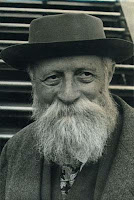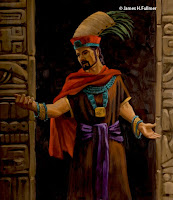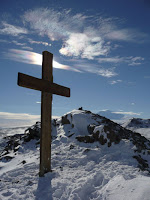A Look at Self Betrayal

I've come to the conclusion that we, at least I, betray myself almost everyday. I reached this conclusion after reading through a series of posts at the LDSPhilosopher blog named "Two Ways of Being". This series looks at the way we betray ourselves by looking at others as objects, rather than human beings. The series and post introductions can be found here . An excerpt: According to the book Anatomy of Peace , the Jewish philosopher Martin Buber observed that there are basically two ways of being in the world: we can be in the world seeing others as people or we can be in the world seeing others as objects. He called the first way of being the I-Thou way and the second the I-It way, and he argued that we are always, in every moment, being either I-Thou or I-It—seeing others as people or seeing them as objects. In other words, Buber believed that human experience oscillates between two different kinds of relationships: “I-Thou” and “I-It.” We sometimes experience othe

